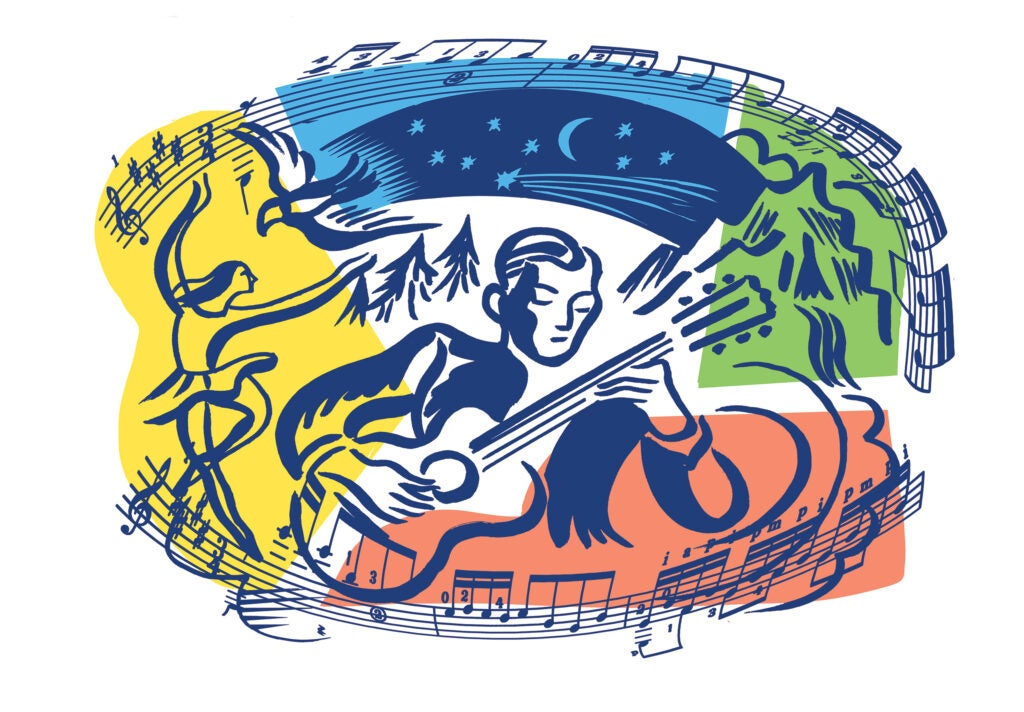
By Adam Levin
Discover a new way of listening to music. Press play, close your eyes, and take an imaginative ride as you listen to—and feel the emotions of—one of J.S. Bach’s masterpieces, performed on classical guitar.
I invite you to join me on a ride, exploring the whimsical, romantic, nostalgic, spontaneous, ordered—and at times, erratic, thunderous, and florid—nature of the classical guitar and its repertoire. Our guide is baroque genius J.S. Bach, and our vehicle is his heroic Partita No. 3 in E Major, BWV 1006. Press play, close your eyes, and listen with me.
The E note is struck as the first movement, Prélude, begins, and we are catapulted upward through time, space, and harmony. Our hearts beat quickly as we listen. The performer aims for 84 beats per minute. Our heads bob to the quarter note. Notes flutter left and right in a peaceful and structured musical asteroid field; we are navigating between harmonies with a jazz-like bass line and a string of seemingly endless notes.
Oxygen levels remain stable despite rapid fluctuations in altitude. But the apex is nearing, the tumult seems to be clearing ahead. The guitarist plucks the culminating bass E note ferociously, like a bald eagle swiping a squirrel from a tree branch with a single talon. The vibration is violently transmitted from the bridge, resonating throughout the top of the classical guitar. It is transmitted to the sides and back of the instrument, resonating through the open air space in the body, finally producing a sultry, pristine, and resonant sound.
The note sails into our ears, and we feel an impulse to applaud. But, to our surprise, the first note of the next movement, Loure, conjures the idea of a dancer moving sweetly, eloquently, and effortlessly. Then the third movement, Gavotte en Rondeau, which suggests a second dancer, more upbeat and playful.
In the fourth and fifth movements, Menuets I and II, the music becomes simple and repetitive, yet contemplative and expressive with little ornamental flourishes, and in Bourée, the music becomes exuberant, which persists through a jig-inspired final movement, Gigue, until the E major chord is gallantly arpeggiated at the end of the work and we exhale, satiated.
Adam Levin is an award-winning classical guitarist and artist/teacher in classical guitar in URI’s Department of Music. He is also the founder and artistic director of the URI Guitar Festival, which will hold its eighth edition from October 18–22, 2023. The festival demonstrates the universal nature of the guitar while uniting artists and audiences alike. For more on the festival, visit uriguitarfestival.org. To follow Levin’s career, please visit adamlevinguitar.com.
Illustration: Anthony Russo
